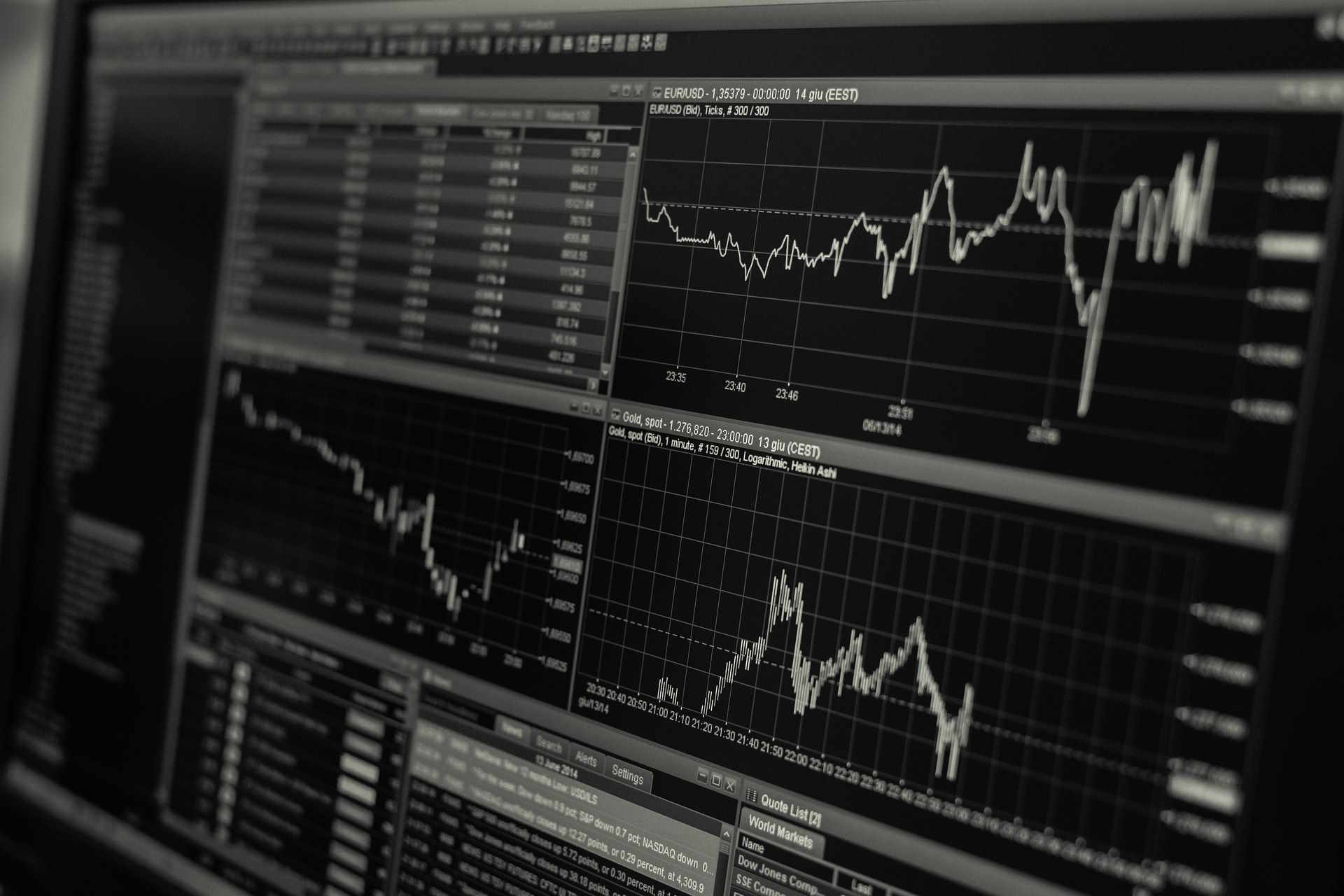Forex Trading: How Currency Markets Work
Forex trading is the activity of buying and selling currencies with the aim of profiting from changes in exchange rates. As the largest financial market globally, it connects banks, institutions, corporations, governments, and individual traders. This article explains core concepts, how trades are executed, how currency pairs are quoted, the market’s operating hours and structure, and key financial risks and risk-management practices for traders.

What is forex?
Forex, short for foreign exchange, is the marketplace where one currency is exchanged for another. Transactions occur in spot markets, forwards, futures, and swaps. Participants range from central banks and multinational companies hedging exposure to retail traders speculating on price moves. Unlike centralized exchanges, forex is largely an over-the-counter network, with prices provided by banks and electronic platforms. Understanding the difference between speculative trading and hedging helps clarify why the currency market moves.
How does trading work?
Trading involves opening positions that buy one currency while selling another; trades are normally quoted as pairs. Most retail traders access the market through brokers or electronic communication networks (ECNs) that provide platforms, pricing, and leverage. Leverage amplifies potential gains and losses and requires margin maintenance. Orders can be market, limit, or stop orders. Choosing a regulated broker and familiarizing yourself with platform tools, execution types, and fees are practical steps before live trading.
How currency pairs are quoted
Currencies are quoted in pairs, such as EUR/USD, where the first currency (base) is measured against the second (quote). The price shows how much of the quote currency is needed to buy one unit of the base currency. Price movements are measured in pips, and the spread—the difference between bid and ask—represents a primary transaction cost. Major pairs involve widely traded currencies and typically offer tighter spreads; exotic pairs can be more volatile and less liquid.
How the market operates
The currency market operates 24 hours a day during weekdays, driven by overlapping trading sessions in Asia, Europe, and North America. Liquidity fluctuates with session overlaps: London–New York overlaps often see higher volume and tighter spreads. Market liquidity and volatility also change with economic data releases, geopolitical events, and central bank decisions. Because the forex market is decentralized, price feeds and execution can vary between providers, which is why comparing platforms and understanding the role of market makers versus ECNs matters.
Financial risks and risk management
Forex trading carries several financial risks: market risk (price movement), leverage risk (amplified exposure), counterparty risk (broker solvency), and operational risks related to technology. Effective risk management techniques include position sizing that limits exposure per trade, using stop-loss orders to cap downside, diversifying strategies across timeframes or currency pairs, and practising on demo accounts before trading with capital. Traders should also verify broker regulation and consider how local services and jurisdictional protections affect account safety.
Conclusion
Forex trading offers continuous access to global currency markets and tools for both hedging and speculation. Understanding how forex works, how trades are executed, how currency pairs are quoted, the market’s operating rhythm, and the financial risks involved helps build a disciplined approach. Before committing real funds, consider regulatory safeguards, platform features, and consistent risk-management rules tailored to your financial situation. Independent research and careful planning remain essential to trading responsibly.






